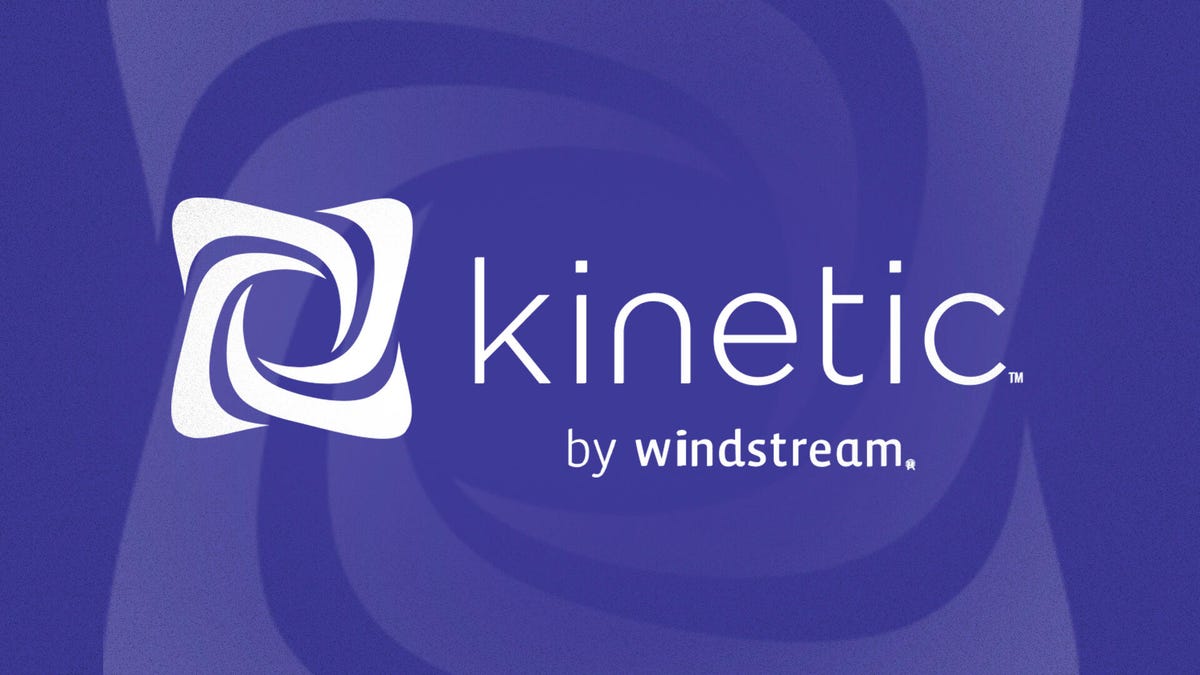Ledger’s fifth Nano crypto wallet marks a moment of reinvention: it’s not nearly so “nano” anymore, and Ledger would prefer you didn’t call it a crypto wallet either. It’s grown in size, picked up a full E Ink display, and is now being billed as a “signer.”
The $179 Ledger Nano Gen5 resembles the $249 Flex and $399 Stax more than it does the USB stick-sized Nano X that it replaces. Like the Flex, it looks a little like a tiny little E Ink smartphone, with a roughly three-inch touchscreen dominating the slim device. The plastic build immediately feels cheaper and flimsier than the Flex, which makes sense — this boasts almost all the same features, so is differentiated mostly by design and a simpler two-color E Ink display, rather than full grayscale.
Giving the Nano a bigger screen is intended to make it quicker and easier to use, and more secure too — it can display the full details of a transaction at once, making it easier to spot errors and issues. It leaves the “Nano” name a little out of place within Ledger’s lineup, though this is still small enough to carry round as a second device alongside your phone.
But the screen is also about making the Nano more appealing to a new audience of customers – people who have never felt the need for a crypto wallet, and perhaps don’t own crypto at all. That’s why Ledger now calls its hardware a “signer”: it’s pitching this as the essential new device to prove your identity in the era of age-gating and AI.
This isn’t an entirely new idea. Sam Altman’s side project World is making the same case, and with a crypto angle too, only it imagines that you’ll authenticate yourself with the help of an eyeball-scanning Orb. Ledger, at least, will let you keep your eyeballs to yourself.
Instead, you can use the Nano and its secure chip to prove who you are. Right now that mostly means verifying crypto transactions or providing a passkey for account logins, neither of which is really new — Ledger’s wallets have always been a more secure way to access crypto, rather than true cold storage for the money itself. But the company is looking forward, imagining a future where you might use a Ledger signer to authorize your AI agent to buy plane tickets, or prove your age so that you don’t need to provide government ID to Discord.
It’s making the new Nano more accessible with that wider future audience in mind. Part of that is practical — previous Ledger accounts were secured with a 24-word recovery phrase that you were encouraged to only store offline, in physical form, in case you lose the hardware. It’s secure, but fiddly. Instead, the new Nano ships with Ledger’s small NFC Recovery Key, introduced over the summer, which is a simpler way to restore account access.
Then there are the cutesy new accessories, designed by original Mac icon designer Susan Kare. She was brought in by iPod creator Tony Fadell, now a Ledger board member, to design a range of 13 icons for small metal badges that slot into the hole on the new Nano. Sold in three-packs for $20, there’ll be nine default designs at launch, with a further three basketball-themed options to mark Ledger’s sponsorship of the San Antonio Spurs, and a limited edition design based on the original Ledger Nano being given to attendees at this week’s Ledger Op3n event in Paris.
The questions for Ledger are how long it can sustain itself on crypto bros alone, and whether the market for secure personal authenticators is really going to expand beyond that crypto crowd. No-one wants face scans and ID card checks to prove they’re old enough to buy Steam games, but how many people are willing to drop $179 to get around it?
Follow topics and authors from this story to see more like this in your personalized homepage feed and to receive email updates.

 6 hours ago
1
6 hours ago
1

















































